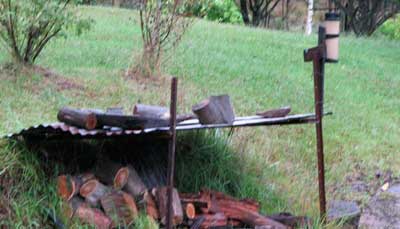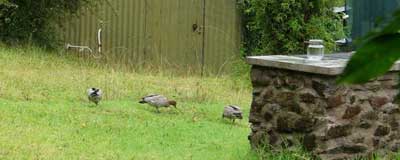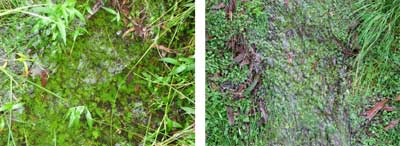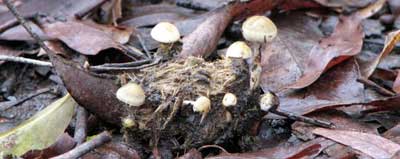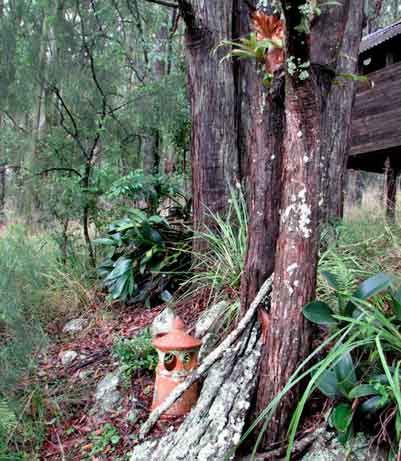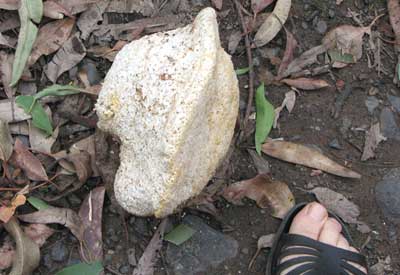On my way out the other day I noticed a bright yellow blob on the bark of a fallen tree by the gate. Must get a photo of that, I thought — but I forgot for few days.
When I returned with the camera, the bright yellow had turned orange, with older purple edges and only small oozings, awfully like custard — or worse — showed yellow.
Now I had not seen this before, but from previous investigations into another of the family, I knew it must be a slime mould, Myxomycota. They’re not fungi but tend to be lumped with them.
I had been fascinated that they move about like amoebae, reproducing into perhaps thousands of ‘daughter cells’; then, at some sort of chemical signal, they all get together and make a larger organism.
Some species make such large organisms that a horror movie, The Blob, was inspired by them.
This is one of the most common, worldwide, I had read. It’s in my fungi book as Fuligo septica, with the common name of ‘Flowers of Tan’, but the much less poetic and more apt names I found to be most common elsewhere were ‘Dog vomit mould’ or ‘Scrambled egg mould’!
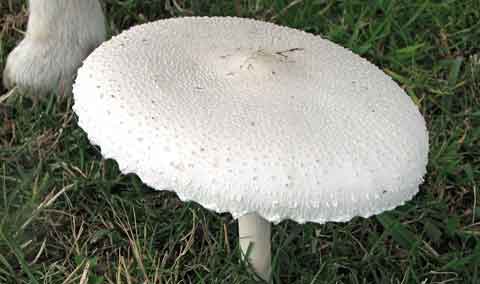
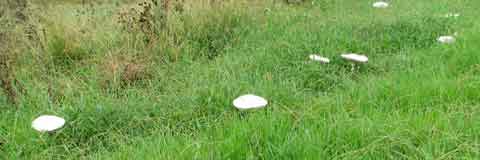
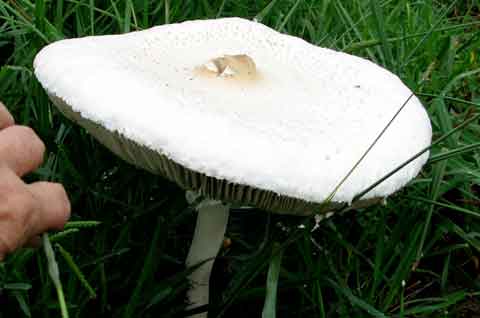
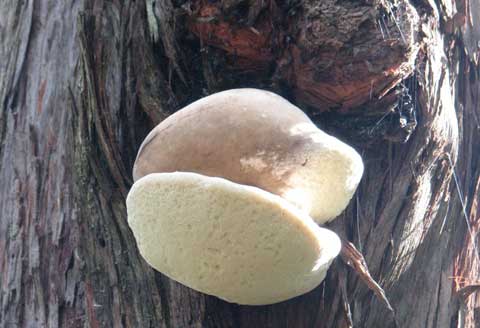

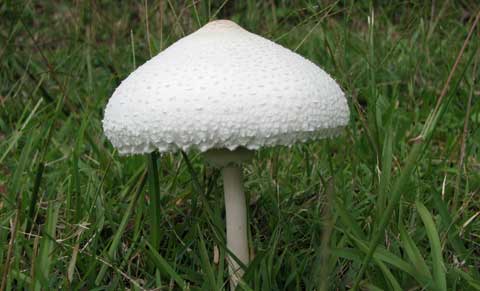 Can you imagine anything more purely beautiful than this fungus? It had popped up in the the orchard paddock and was gleaming white at me across all the soggy green. There was another further up the hill.
Can you imagine anything more purely beautiful than this fungus? It had popped up in the the orchard paddock and was gleaming white at me across all the soggy green. There was another further up the hill. It is Macrolepiota dolichaula, I discover, and am surprised it is ‘very common’ in eastern Australia. What a wonderful world where such beauty is common! My examples are about 150mm diameter across their snowily tufted tops, below which the dainty picot edges set the parasols off beautifully.
It is Macrolepiota dolichaula, I discover, and am surprised it is ‘very common’ in eastern Australia. What a wonderful world where such beauty is common! My examples are about 150mm diameter across their snowily tufted tops, below which the dainty picot edges set the parasols off beautifully.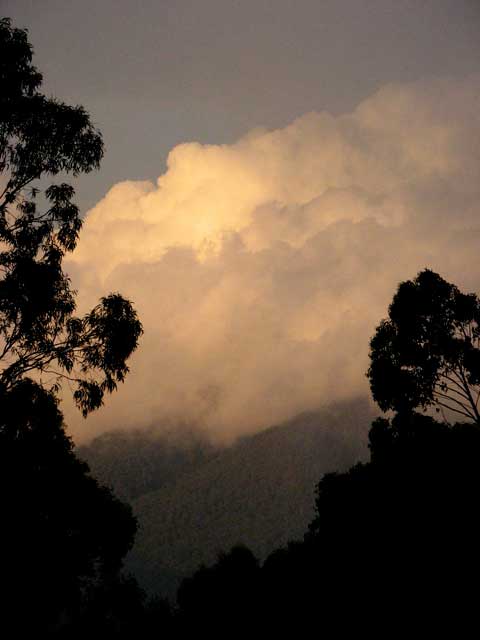 Living on a mountain, my eyes are directed as often to the skies as they are to ground level.
Living on a mountain, my eyes are directed as often to the skies as they are to ground level. Yet I have to keep my eyes on the ground as well. The constant surpises in nature here range from the sublime to the minute.
Yet I have to keep my eyes on the ground as well. The constant surpises in nature here range from the sublime to the minute.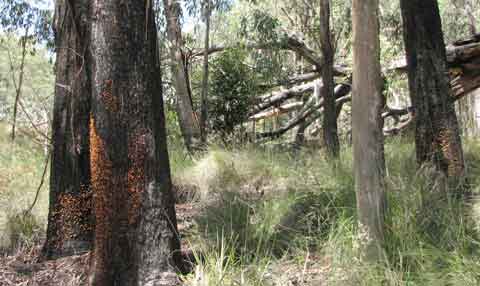 Less than I’d expected, but spectacular enough, for low down on the burnt-black trunks of many of the stringybarks were intense dustings of orange dots.
Less than I’d expected, but spectacular enough, for low down on the burnt-black trunks of many of the stringybarks were intense dustings of orange dots.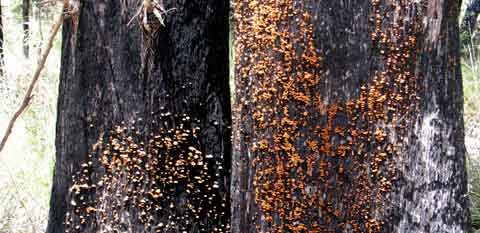 Moving nearer, I was reminded of the dense colonies of tiny bivalve shells I have seen stuck to rocks on marine rock platforms.
Moving nearer, I was reminded of the dense colonies of tiny bivalve shells I have seen stuck to rocks on marine rock platforms.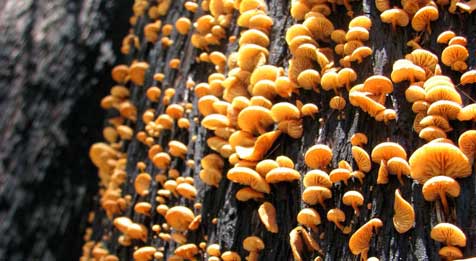 As the individuals were so tiny, I had to go up really close to see their fungi features.
As the individuals were so tiny, I had to go up really close to see their fungi features.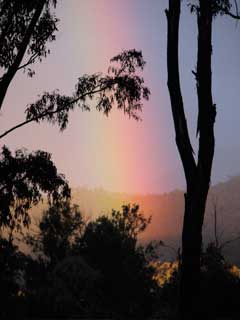 My first day camping in the Warrumbungle National Park ended with showers and a stunning misty sunset, complete with rainbow.
My first day camping in the Warrumbungle National Park ended with showers and a stunning misty sunset, complete with rainbow. 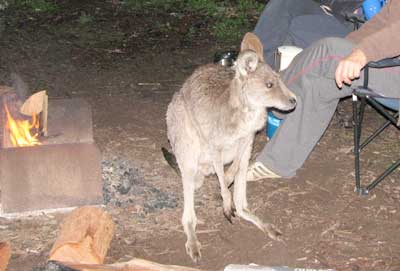
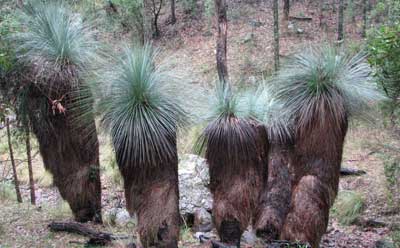
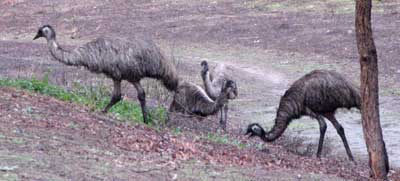

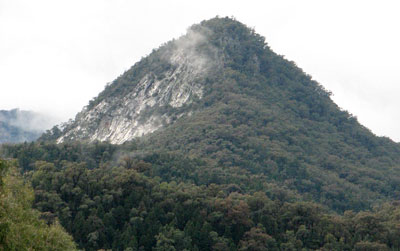
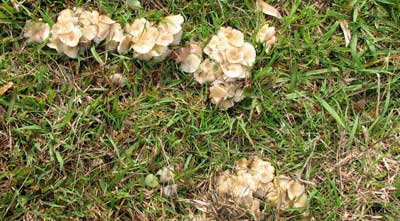
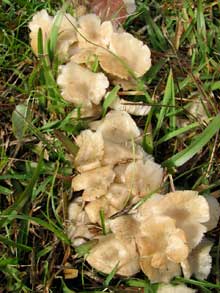 When the rain eased I went closer. Not flowers, but extremely over-populated fungi. Cream to pale caramel, delicate yet fleshy all at once, their lightly fringed caps upturn like the faces of flowers. Fighting for space and light, they fold and layer and then triumphantly open — my blooms.
When the rain eased I went closer. Not flowers, but extremely over-populated fungi. Cream to pale caramel, delicate yet fleshy all at once, their lightly fringed caps upturn like the faces of flowers. Fighting for space and light, they fold and layer and then triumphantly open — my blooms. A few days later they are still there, and then I think I see a new colony several metres away, near the leafless birch trees.
A few days later they are still there, and then I think I see a new colony several metres away, near the leafless birch trees.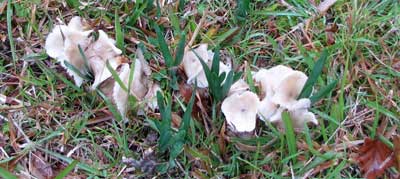
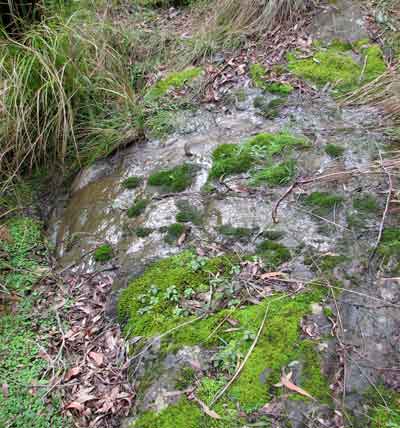
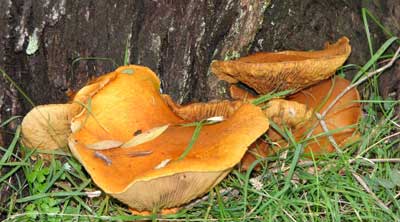

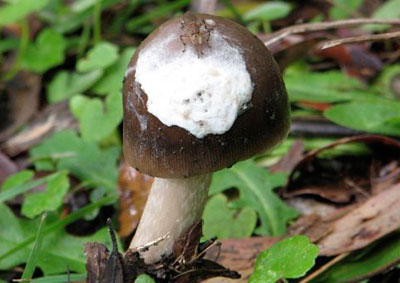
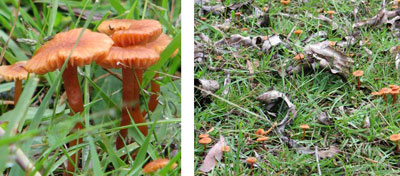
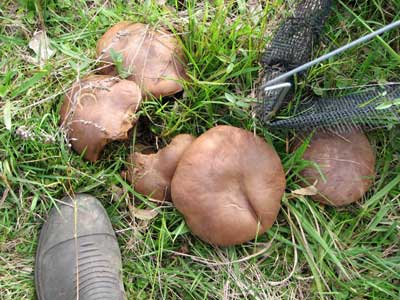
 Recent rains seemed endless as I remained cabinbound for the week, standing on the wet steps and peering out over the falling autumn leaves at the wet, wet world around me.
Recent rains seemed endless as I remained cabinbound for the week, standing on the wet steps and peering out over the falling autumn leaves at the wet, wet world around me. 